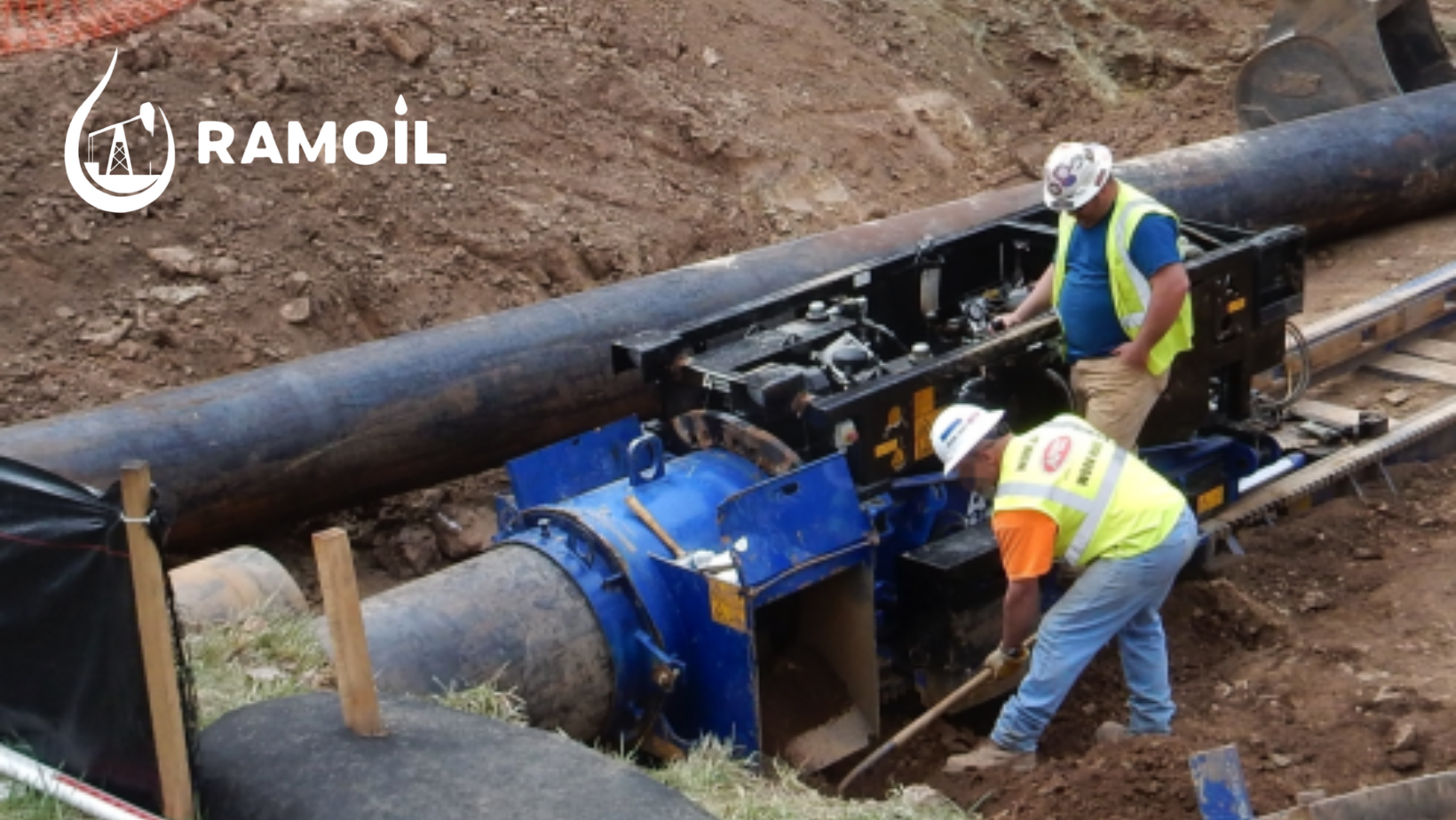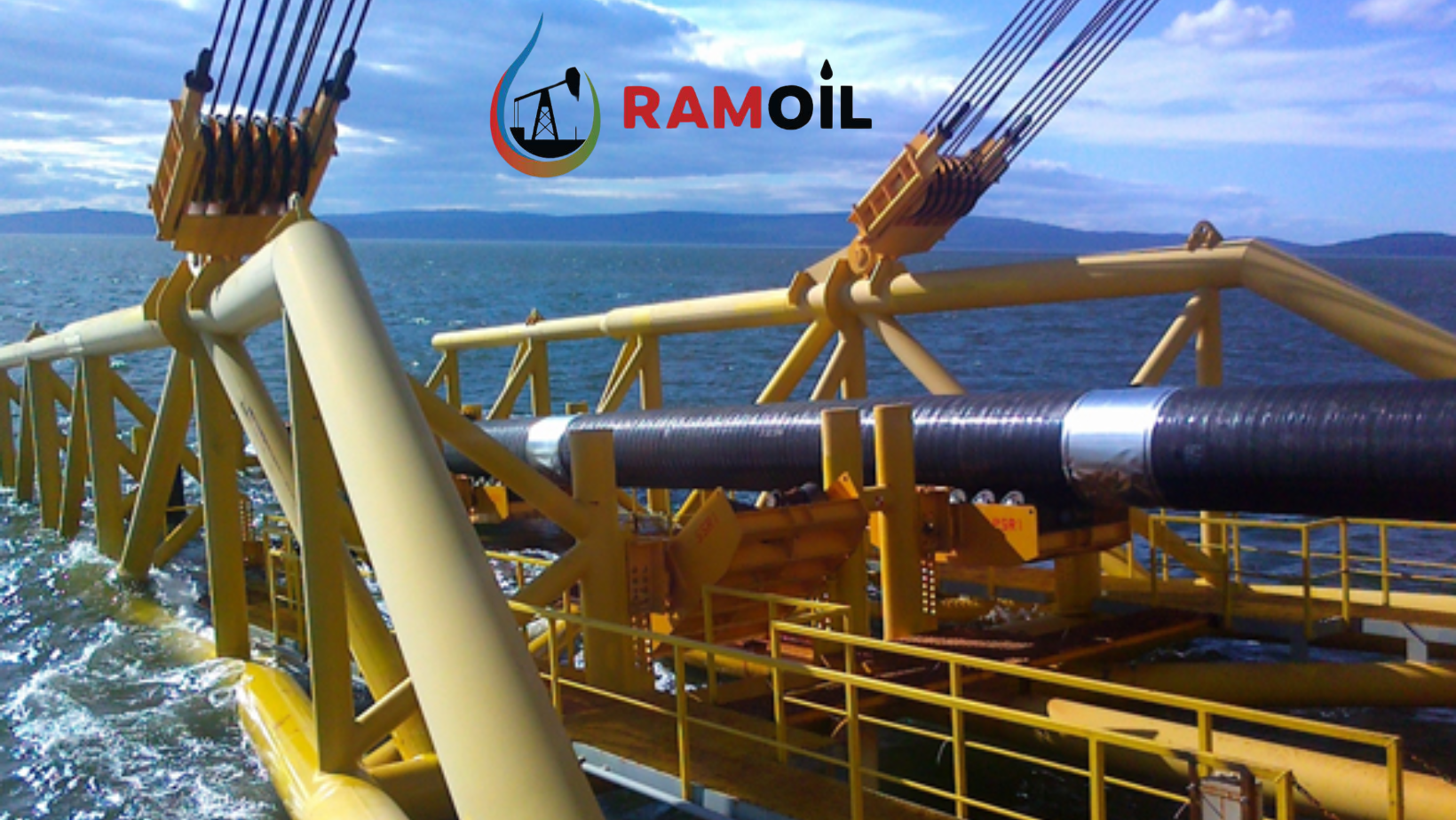
Site Survey: Conducting a thorough survey of the site to understand the terrain, existing infrastructure and any potential obstacles.
Regulatory Compliance: Ensuring compliance with local building codes, zoning regulations and safety standards.
Utility Coordination: Coordinating with relevant utility companies to locate existing underground lines to avoid conflicts.
Material selection: Selection of suitable materials such as polyethylene, PVC or steel based on specific requirements and environmental factors.
Pressure and Flow Calculations: Determining the pressure and flow rates required to meet the requirements of the intended use.

Installation
Excavation of trenches: Excavation of trenches, observing depth and slope requirements for placing gas and water lines.
Installation of Pipes: Positioning and securing of pipes within trenches, ensuring proper alignment and support.
Joining and Welding: Joining pipe sections using methods appropriate to the materials selected, such as welding for steel pipes or solvent cement for PVC pipes.
Compliance and Certification
Inspection and Approval: Organization of inspections by relevant authorities to certify the conformity of installed gas and water lines.
Final Compliance: Ensuring that all work meets the required standards and obtaining the necessary permits and certifications.
It is important to note that specific requirements for laying gas and water lines may vary based on local regulations and the unique characteristics of each project. Adhering to professional practices and safety standards throughout the process is critical to ensuring the reliability and security of the installed infrastructure.






